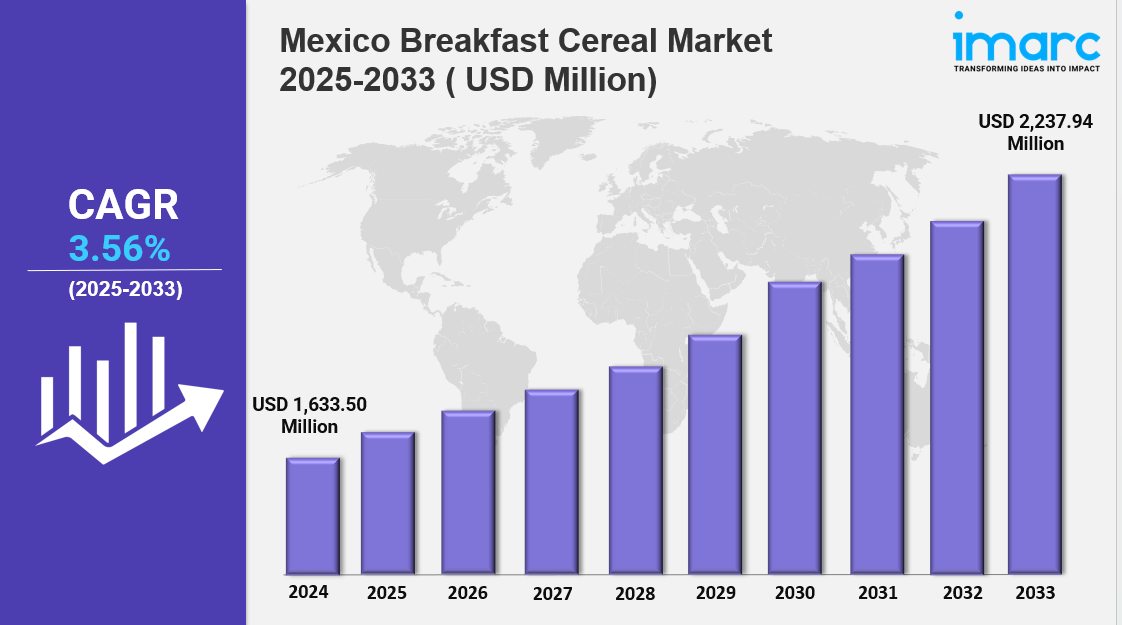Preface
Vaping has become an integral part of numerous people’s lives in the UK, frequently seen as a voluntary alternative to smoking cigarettes. Still, the geography of vaping is evolving rapidly, shaped by new laws, public health programs, societal attitudes, and life choices. This composition explores what vaping currently means in the UK in 2025 — covering legal regulations, government initiatives, environmental concerns, the shifting social culture around vaping, and health counterarguments.
1. The Legal Landscape of Vaping in the UK( 2025)
The Disposable Vapes Ban
Effective June 1, 2025, it has become illegal to vend, force, or retain for trade any single-use disposable vapes across England, Scotland, and Wales. This ban includes non-nicotine disposable vapes and targets all retailers, including physical stores and online merchandisers. Government authorizations require that legal vape products be rechargeable, refillable, and have interchangeable coils, meaning most disposable vapes are now banned. The ban is enforced by original Trading norms, with penalties including forfeitures starting at £ 200 and implicit imprisonment for repeat offenders.https://vapewholesalepoint.co.uk/
Rationale Behind the Ban
The ban on disposable vapes has primarily been introduced to attack two major enterprises
– Environmental protection Disposable vapes contribute significantly to waste, estimated at nearly five million discarded bits weekly, contributing to soil and water pollution and wasting precious resources.
– Youth vaping reduction. The sharp rise in youth vaping from 2021, linked to the fashionability of cheap, easily accessible disposable vapes, has urged stricter measures to check youth nicotine use.
The Tobacco and Vapes Bill Beyond Disposables
The Tobacco and Vapes Bill introduced points to produce the first” bank-free generation” by prohibiting tobacco deals to anyone turning 15 in 2025 or younger. It extends bank-free legislation to outdoor public places visited by children, bans advertising and backing of vaping products, and allows further regulation of vape flavors and packaging to reduce youth appeal. It also introduces retail licensing to control deals of nicotine and vaping products.
Unborn financial programs: Vaping Duty
From October 2026, a new vaping duty will be introduced, with a duty of £2.20 per 10ml of vaping liquid, alongside increases to tobacco duty. This financial policy aims to balance impulses for smokers to switch to vaping while regulating the request further.
2. The Public Health Perspective on Vaping
Harm Reduction and Smoking Cessation
Public health bodies like the NHS and Cancer Research UK feted vaping as significantly less dangerous than smoking combustible cigarettes, although not entirely risk-free. Vaping is extensively promoted as a smoking cessation aid, with research indicating that legal, regulated e-cigarettes pose only a minimal threat to smoking.
Trends in Vaping and Smoking Prevalence
2025 marks a corner where vaping rates in the UK are prognosticated to surpass smoking rates for the first time, reflecting a successful shift encouraged by government programs and health services. Vaping frequency is rising above 11, with smoking rates prognosticated to fall below 10. The National Health Service has played a vital part in supporting smokers to switch to vaping.
Youth Vaping Current Status and Challenges
While youth vaping increased fleetly with the emergence of disposable vapes in 2021, recent measures have braked this trend. Studies show vaping among underage youth remains low but is nearly covered due to concerns about nicotine dependence. Misperceptions about vaping pitfalls continue, with some youth believing vaping to be as dangerous as smoking, which can impact gestation.
Public Misconceptions and Information Gaps
Despite substantiation supporting vaping as a detriment reduction tool, public confusion and misperceptions persist. Educational sweats are ongoing to clarify that vaping carries fewer pitfalls than smoking and to correct myths that might discourage smokers from switching. ( 13)( 8)
3. Vaping Lifestyle in the UK Culture and Community
The Vape Community and Social Scene
Vaping has evolved from being simply a smoking alternative to fostering a community with thousands of specialist vape shops and online forums. Vapers share in social groups, participate in competitions (“pall shadowing”), and exchange knowledge about biases and liquids. This culture has contributed to vaping becoming a lifestyle choice beyond conclusion.
Impact of Legislation on Lifestyle Choices
The ban on disposable vapes has encouraged consumers to shift towards applicable, refillable bias, which frequently offer a more engaged, hands-on approach to vaping. Druggies now invest more in liquids, device conservation, and customization, therefore heightening their involvement in the life aspect.
Vaping in Public and Workplaces
Laws extend bank-free programs to vaping in numerous indoor and outdoor public spaces. This has led to changes in social form and challenges for vapers who balance vaping as a social habit with nonsupervisory restrictions.
Vaping and trip in the UK
Vapers need to navigate rules on vaping in colorful locales and transport modes in the UK. With new product regulations, trippers are advised to carry only legal, refillable bags and respect smoking and vaping bans in public transport and lodging.
4. Environmental Considerations and Commercial Responsibility
Environmental Impact of Vapes
The disposable vape ban highlights the environmental impact of vaping products, particularly the electronic waste and chemical pollution associated with discarded single-use disposables. The UK government and ecological bodies emphasize the recovery of enterprise and extended producer liability under the Waste Electrical and Electronic Equipment (WEEE) regulations.
Recycling and Disposal of Vaping Products
Retailers and consumers have the legal right to safely reclaim vape products. Businesses must offer take-back schemes, and guidance has been issued to ensure compliance with waste management regulations to reduce environmental detriment.
5. Challenges and difficulties
Illegal Vapes and Market Control
The lawless request for vaping products poses health pitfalls due to limited contents and potential for dangerous chemicals. Enforcement agencies have seized millions of illegal products, yet these remain a concern for controllers and licit businesses.
Balancing Public Health and Personal Freedom
Debate continues over how to balance the detriment reduction benefits of vaping with concerns about youth uptake and nicotine dependence. Policymakers aim to maintain support for adult smokers while precluding initiation among young people.
The Future of Vaping Regulation
The UK’s realistic programs may continue to evolve with the introduction of new technologies and scientific substantiation. Ongoing dialogue between controllers, health bodies, consumers, and industry will shape the coming phases of vaping regulation and public health strategies.
Conclusion
Vaping in the UK is defined by a complex interplay between emerging laws focused on health and the terrain, shifting social trends, and the evolving lives of vapers. As the UK leads internationally in espousing progressive vaping programs, the focus remains on reducing smoking detriment, protecting young people, and managing environmental impacts. For vapers, conforming to the ban on disposables and embracing applicable bias marks a new chapter in their vaping life, shaped by both regulation and community culture.



